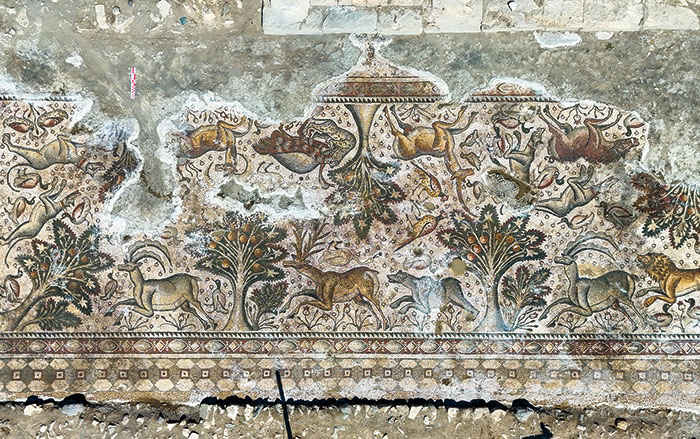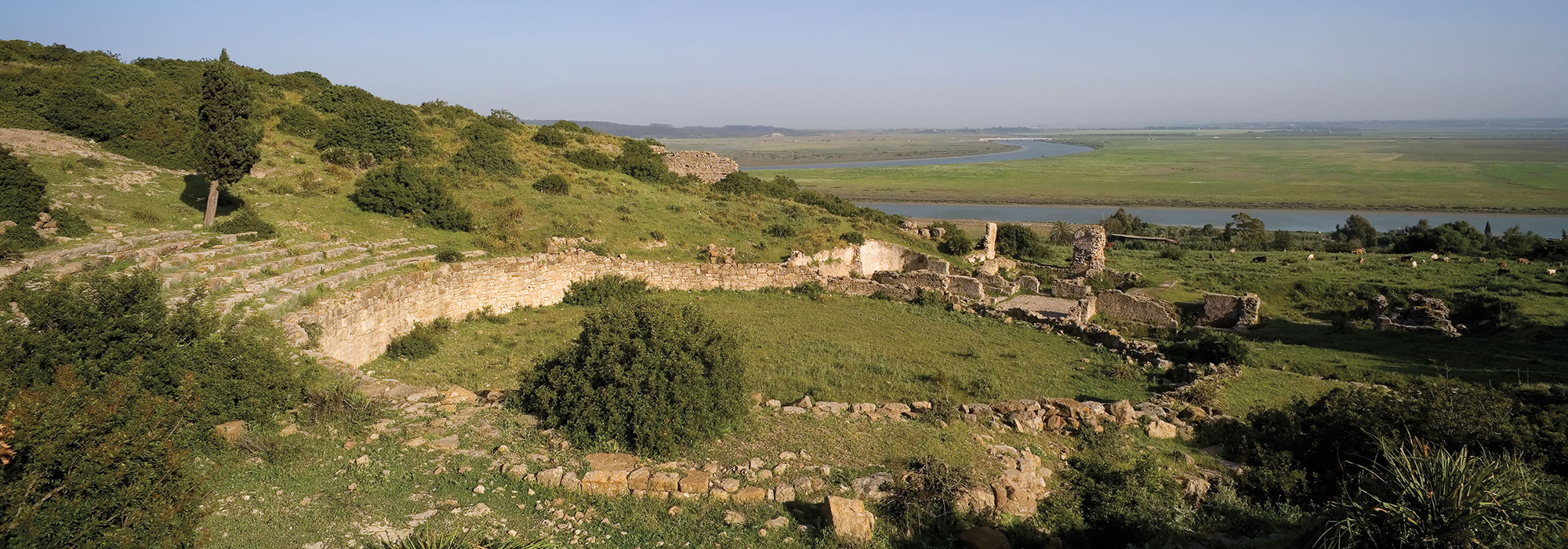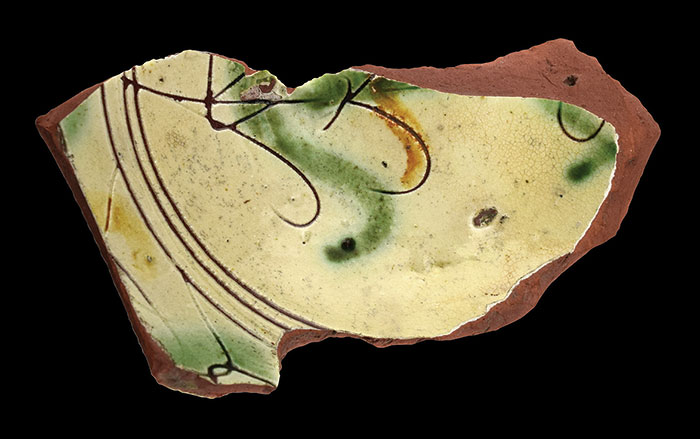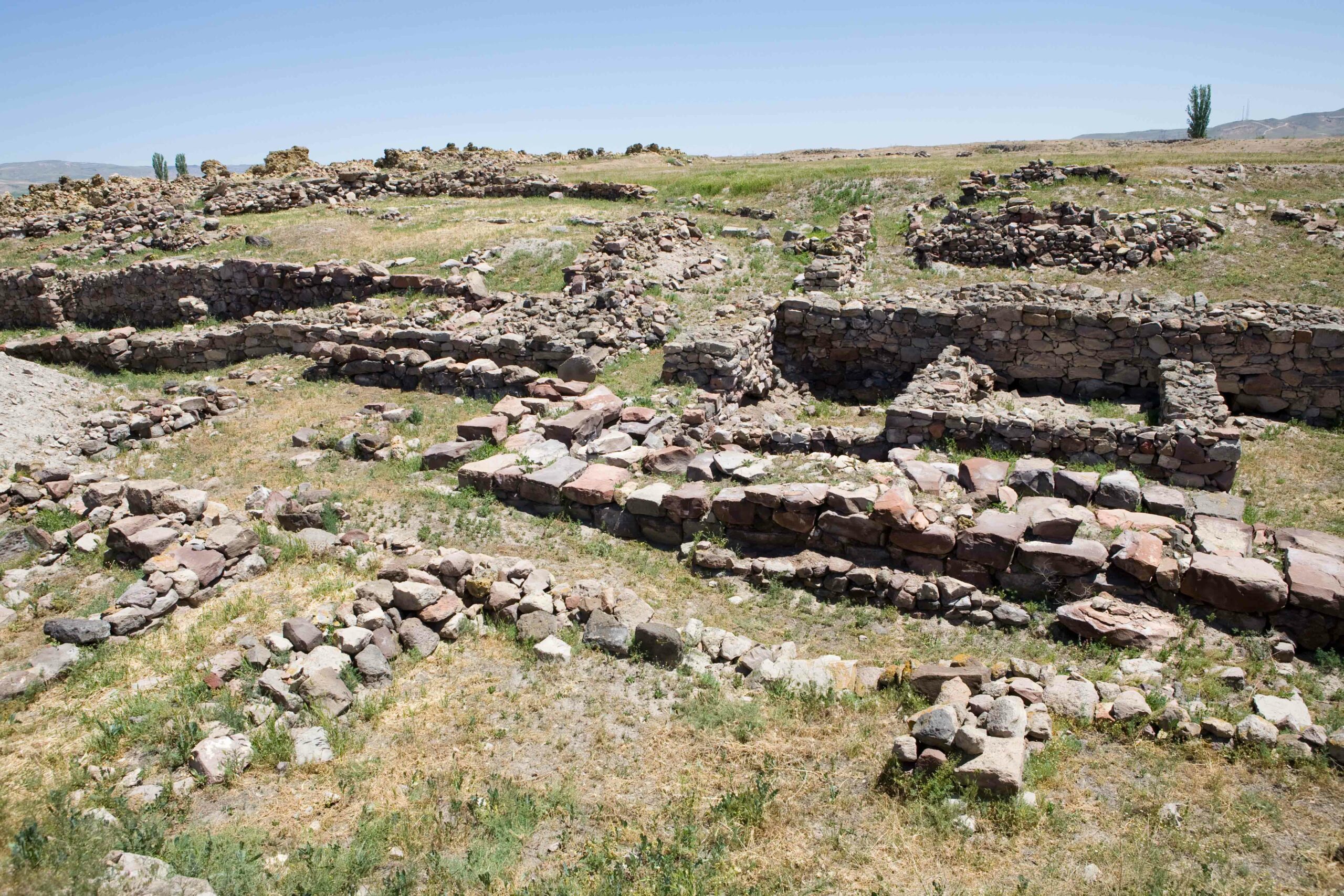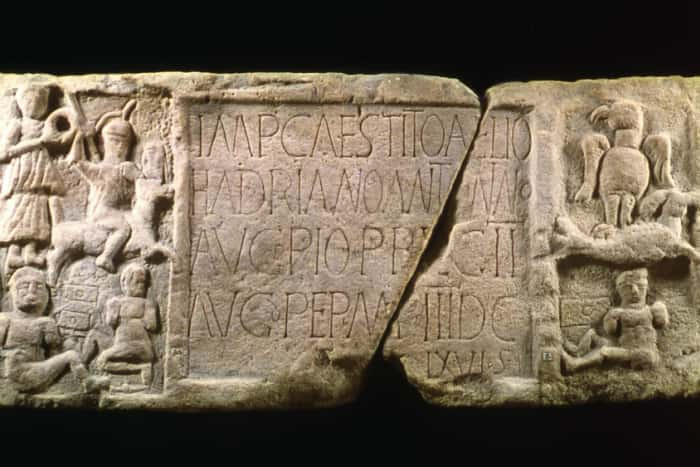
GLASGOW, SCOTLAND—The Scotsman reports that traces of red and yellow pigments have been detected on the Antonine Wall’s distance stones with x-ray fluorescence and Raman spectroscopy technology. Built on a stone foundation in the second century A.D., the turf wall sat about 99 miles to the north of Hadrian’s Wall, and stretched about 37 miles from the Firth of Forth to the Firth of Clyde. Louisa Campbell of Glasgow University said the bright colors on the engraved stones in the wall would have enhanced the impact of Roman propaganda on the local population. Red was used to paint images of Roman officers’ cloaks, and drops of blood on their captives. Ochre was used to give color to skin tones in the pictures. “The local population might not have been able to read the Latin inscriptions on the stone but they would certainly have been able to understand the sculptures and the context behind them,” Campbell said. To read in-depth about Hadrian's Wall, go to "The Wall at the End of the Empire."


